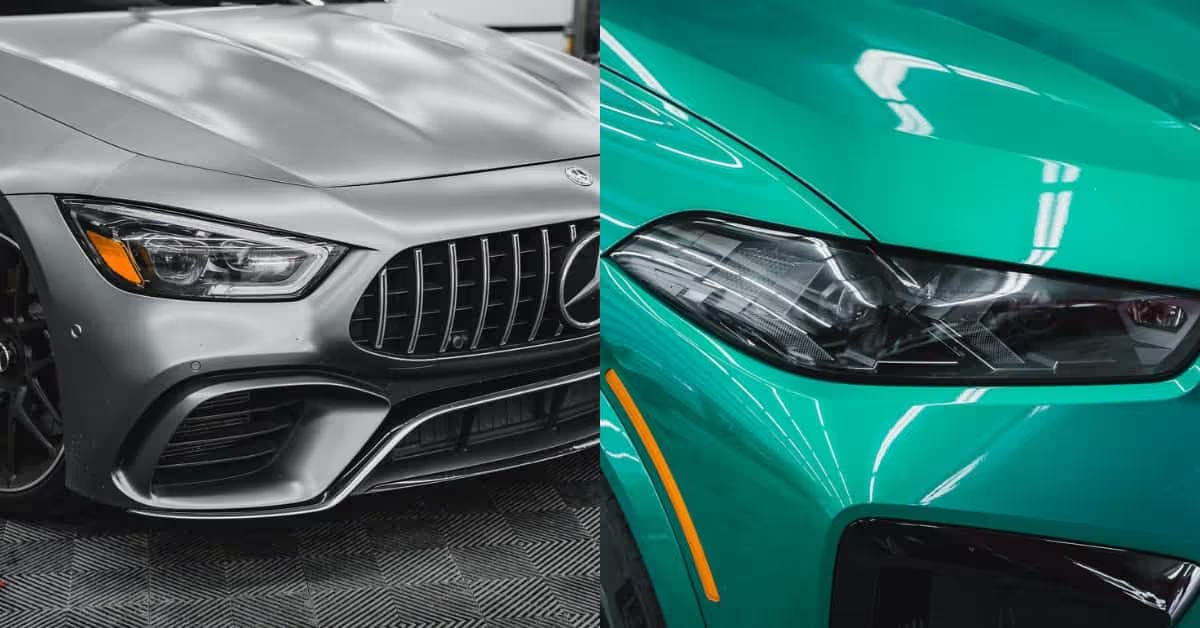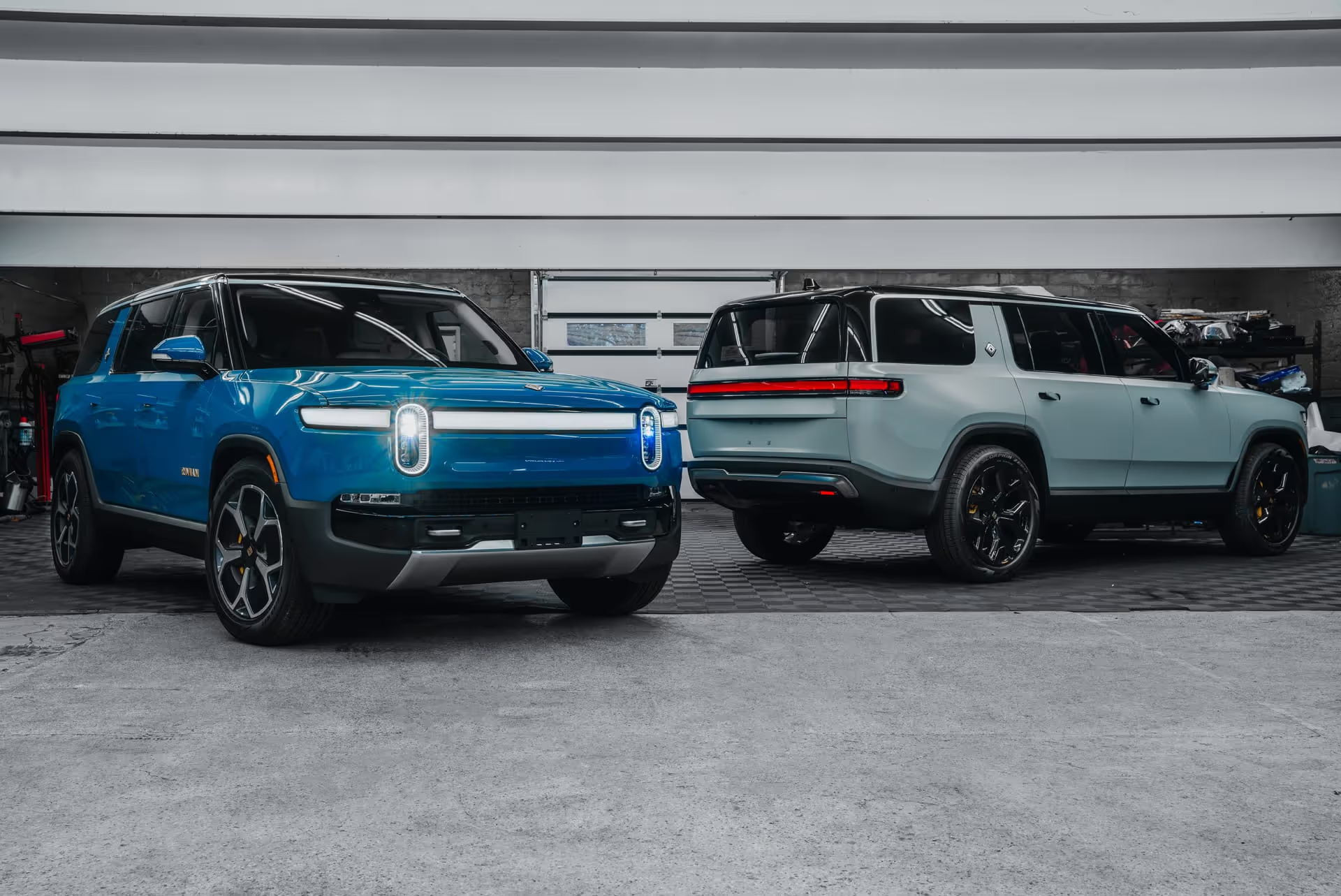Different Types of Paint Protection Film

Introduction:
Paint protection films (PPFs) are highly popular for cars and the technology behind them is constantly evolving. Most of our customers think that there are only a couple of types of PPFs. However, the world of PPFs is more complicated than that, and PPF varieties are expanding each day. Here are the most common types with explanations so you can make an educated choice next time you visit the Pristine Detail.
Most Common Types Of PPF
1. PVC
PVC (Polyvinyl Chloride) is the entry-level paint protection film material type. This compound is well-known and used in various forms, but it is the older solution that doesn't have any noticeable features. The PVC PPFs are affordable and provide essential protection from damage, but the material is less flexible and less durable. It doesn't have any self-healing features and is known to get that annoying yellow hue over time. If you purchase the paint protection films by yourself, avoid those made out of PVC since they will not provide the protection and features you are looking for.
2. TPU
Thermoplastic Polyurethane is a material highly encouraged in the PPF market. It is highly resistant to scratches and can withstand UV rays and chemical damage. One of the great features of TPU is that it will not fade or become yellow even after years of use and often comes with a comprehensive 5-to-10-year warranty. All top-of-the-line products we at Pristine Detail install onto our customers' cars are made from TPU.
3. Hybrid PPF
Sometimes, paint protection films are made of hybrid materials, a combination of PVC and TPU. PPF manufacturers use hybrid compounds to keep the cost down and still provide customers with some degree of flexibility and durability. Compared to fully TPU films, the hybrid products lack some features but have acceptable flexibility and durability. They are also more affordable, making them a decent solution for people seeking essential protection.
4. Self-Healing PPF
The advancements in paint protection film technology in recent years have given us self-healing PPFs. Made from high-quality TPU material and constructed from several layers, the self-healing PPFs can remedy scratches and swirl marks and keep the perfect appearance. When the surface of the paint protection film gets hit by the rocks or scratched, all you need to do is apply some form of heat treatment. A heat gun, running hot water, or even direct exposure to the sun will fix the problem in a matter of minutes. The self-healing paint protection films are also very durable and are a great proposition if you are looking for a product that will last a very long time and withstand all kinds of use.
5. Instant-Healing PPF
The instant-healing paint protection films are the top-of-the-line products we often use at Pristine Detail. They are made of thermoplastic polyurethane but with a very specific top layer that is durable and has instant-healing abilities. There is no need to apply heat and wait for the paint protection film to cure; it will do it automatically and instantly. The instant-healing PPFs are highly durable and made out of the most advanced new materials and compounds. They are also the most expensive but often find their way into high-end sports and luxury cars since they offer the highest level of protection.
6. Matte Or Satin PPF
The default finish for paint protection films is gloss, mimicking the lacquer of the car's paint. However, for more demanding customers or specific applications, the PPFs can have a matte or satin finish, adding to the vehicle's customization and unique appearance. Since those types of PPF are produced from the same thermoplastic polyurethane, they offer the same level of protection but with an exceptional finish. For example, matte paint protection films are popular with off-road enthusiasts.
7. Colored PPF
Colored paint protection films (PPFs) are commonly known as vinyl wraps. Made either of TPU or PVC, they are a perfect customization option since they come in thousands of different colors or can feature custom graphics. Of course, the level of protection depends on the material and construction.
Conclusion
Despite the various types of PPF, paint protection films' primary purpose is to keep the paint safe and the vehicle's bodywork as new. The product history started with crude PVC-based products but advanced to better and more flexible TPU ones. Explaining the basic differences and PPF varieties helped you understand this popular product and choose the right one for your car. If you are looking for entry-level paint protection films, there are PVC-based products, but they will not have the desired features. Upgrading to TPU-based ones will get you self or instant-healing, better protection, and a longer lifespan. Choose wisely and know that our skilled technicians at Pristine Detail are there to answer any questions and get you the best PPF for your car or truck.







%20(1).webp)


